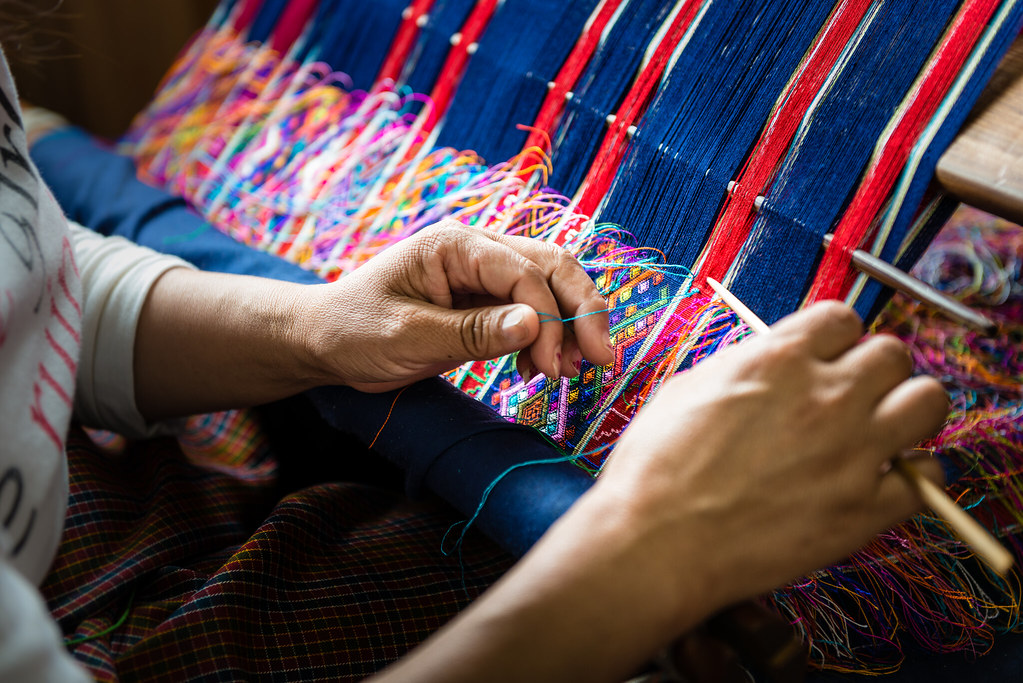This blog post explores the transformative impact of innovative textile solutions across various industries, highlighting their role in the sustainable fashion movement and engineering breakthroughs. It emphasizes that textiles now address crucial environmental and societal challenges, reshaping fashion, interior design, and manufacturing while offering a glimpse into the future of fabric.
Sustainable Materials in Fashion
The demand for sustainable materials in the fashion industry has never been greater. With the global fashion industry under scrutiny for its environmental impact, brands and consumers alike are seeking greener alternatives. Innovative textiles, such as plant-based fabrics and recycled fibers, are leading this change.
Plant-based textiles, like those derived from pineapple leaves, bananas, and mushrooms, offer a biodegradable alternative to traditional materials. These fabrics are not only eco-friendly but also showcase versatility in texture and appearance, making them suitable for a range of clothing styles. Additionally, recycled materials, such as polyester made from plastic bottles or upcycled cotton, reduce waste and promote a circular economy within the industry.
The impact of these innovative textiles is profound. By integrating sustainable materials into their collections, brands can significantly lower their carbon footprint and appeal to an increasingly eco-conscious consumer base. This shift not only benefits the environment but also positions these companies as leaders in sustainable fashion innovation.
Textile Innovation in Interior Design
Interior design is experiencing a transformation through the integration of innovative textiles. These materials are redefining how spaces are designed and experienced, contributing to both functionality and aesthetics. Acoustical fabrics and smart textiles are at the forefront of this revolution, enhancing the way we interact with our environments.
Acoustical fabrics, designed to absorb sound, are becoming essential in creating quieter, more comfortable spaces. They are being used in open office spaces, restaurants, and homes to improve acoustics without compromising on design. Meanwhile, smart textiles are adding a layer of intelligence to interiors. From light-emitting curtains to temperature-regulating upholstery, these textiles offer both practicality and innovation, adapting to the user’s needs in real-time.
The applications of these unique materials are vast. Designers are now able to create spaces that are not only visually appealing but also enhance the user’s experience. This intersection of technology and design is setting a new standard for what is possible in interior spaces.
Advancements in Textile Engineering
Textile engineering is witnessing remarkable advancements, driven by the need to address modern challenges such as water scarcity and energy efficiency. Innovative manufacturing processes and materials are leading the charge, offering solutions that are both sustainable and efficient.
One such advancement is the development of waterless dyeing techniques. Traditional dyeing methods consume vast amounts of water, but new technologies have emerged that significantly reduce water usage while maintaining vibrant colors. Similarly, energy-efficient production techniques are minimizing the carbon footprint of textile manufacturing, aligning with global sustainability goals.
These technological strides are not just theoretical—they’re being implemented in real-world scenarios. Factories equipped with these innovations are able to produce textiles that meet the demands of a modern, sustainability-focused market, setting a new benchmark for the industry.
The Future of Textile Innovation
The future of textile innovation holds exciting possibilities, especially with the introduction of breathable laminate fabric, which has the potential to drastically alter sustainable practices and consumer behavior. As research and development continue to push boundaries, the textile industry is poised to lead the charge in sustainable innovation.
Predictions for the future include the widespread adoption of bio-fabricated materials, which are grown using microorganisms, reducing reliance on traditional farming and minimizing environmental impact. Additionally, the integration of artificial intelligence in textile production could optimize efficiency and customization, tailoring products to individual consumer needs.
Research and development play a crucial role in driving these innovations forward. By investing in new technologies and collaborations, the textile industry is ensuring a continuous flow of groundbreaking solutions that promise to shape the future of fashion and beyond.
Conclusion
The importance and potential of innovative textile solutions in addressing modern challenges cannot be overstated. From sustainable fashion to interior design and textile engineering, these advancements are paving the way for a more sustainable and efficient future. As these innovations continue to evolve, they offer exciting possibilities for industries and consumers alike.
Keep an eye for more latest news & updates on USA Topic Network!
